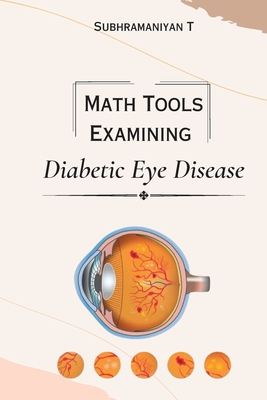You are here
Back to topMath Tools Examining Diabetic Eye Disease (Large Print / Paperback)
This item is not available this time
Description
Diabetic Retinopathy (DR) is a common complication of diabetes that can lead to vision loss and blindness if left untreated. The prevalence of DR is increasing worldwide, and early detection and treatment are crucial to prevent its progression. Mathematical tools have been used to examine DR and its prevalence in populations.
One such mathematical tool is statistical analysis. By analyzing data from large populations, researchers can estimate the prevalence of DR and its risk factors. For example, a study using statistical analysis found that the prevalence of DR in the United States was 28.5% among adults with diabetes. The study also identified risk factors for DR, such as longer duration of diabetes and higher levels of HbA1c, a measure of blood sugar control.
Another mathematical tool is machine learning. Machine learning algorithms can be trained on large datasets of retinal images to automatically detect signs of DR, such as microaneurysms and hemorrhages. This can help to identify patients with DR who may benefit from early treatment. In one study, a machine learning algorithm achieved a sensitivity of 97.4% and a specificity of 93.9% for detecting DR in retinal images.
Mathematical models can also be used to simulate the progression of DR and the effects of different treatments. For example, a mathematical model was used to estimate the cost-effectiveness of different screening strategies for DR in the United Kingdom. The model found that a digital screening program using telemedicine was cost-effective compared to traditional in-person screening.
Finally, mathematical tools can be used to analyze the structure of the retina and its changes in DR. Optical coherence tomography (OCT) is a non-invasive imaging technique that can be used to visualize the layers of the retina. Mathematical models can be used to analyze OCT images and quantify changes in the thickness of the retina over time. This can help to track the progression of DR and the effects of treatment.
In conclusion, mathematical tools have become increasingly important in examining DR and its prevalence. Statistical analysis, machine learning, mathematical models, and imaging techniques such as OCT can all be used to better understand DR and its impact on patients. By combining these tools with clinical expertise, researchers and clinicians can work together to develop more effective strategies for the prevention, diagnosis, and treatment of DR.
